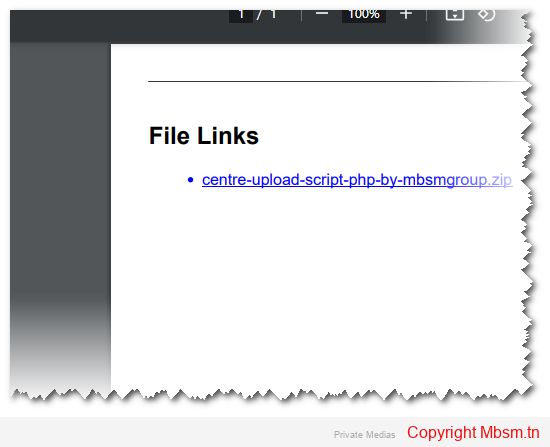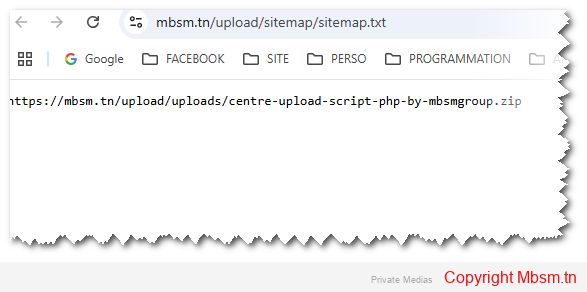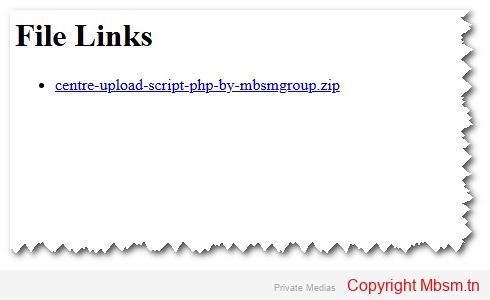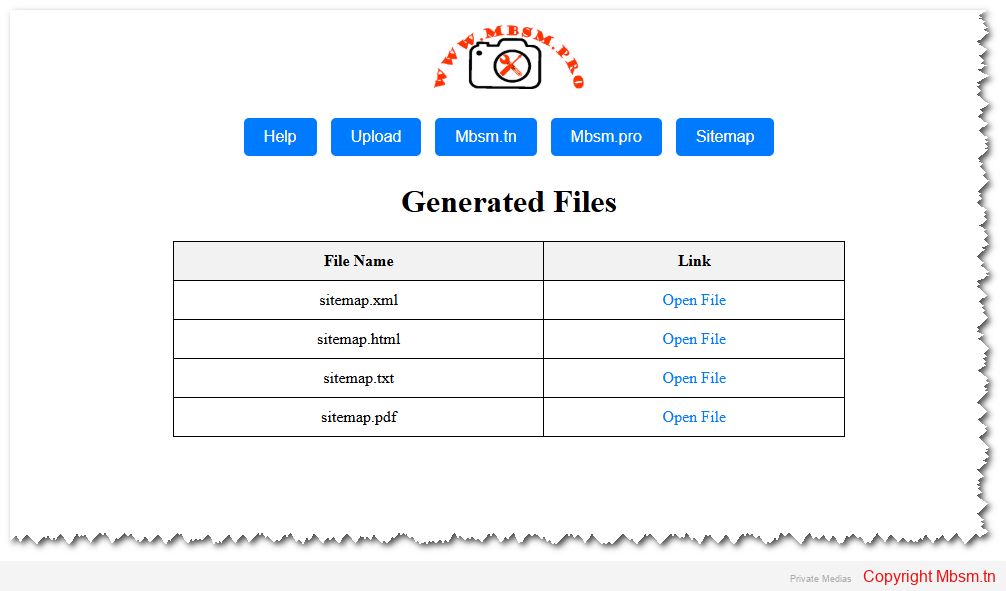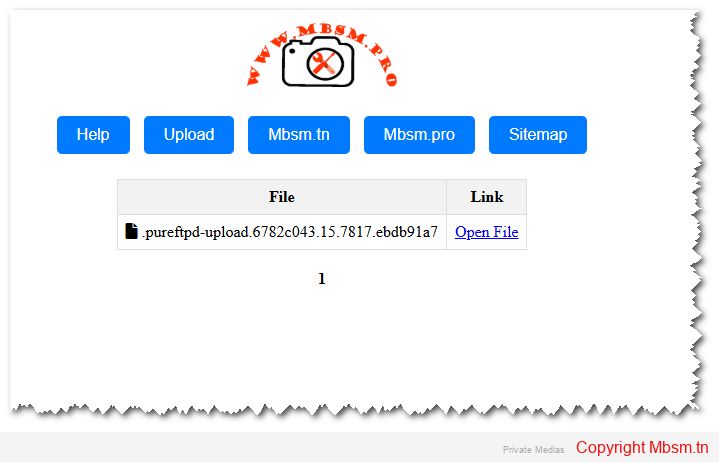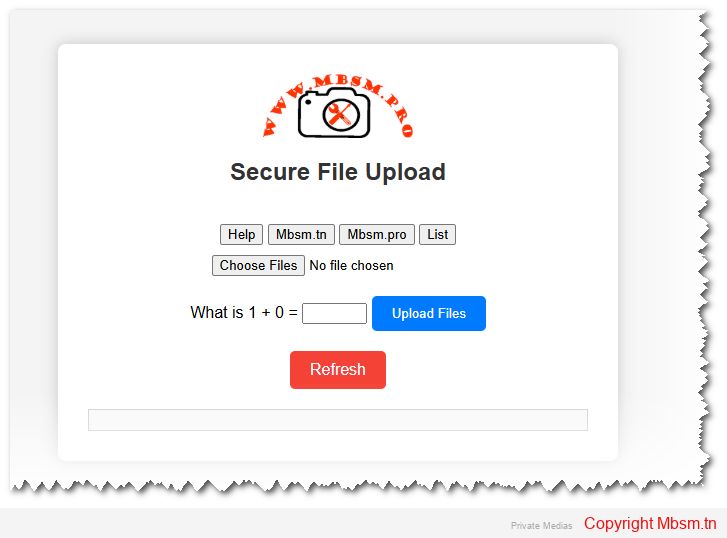Mbsm.tn, Secure, File Upload System, Development, Safety, SEO Best Practices, By Mbsmgroup
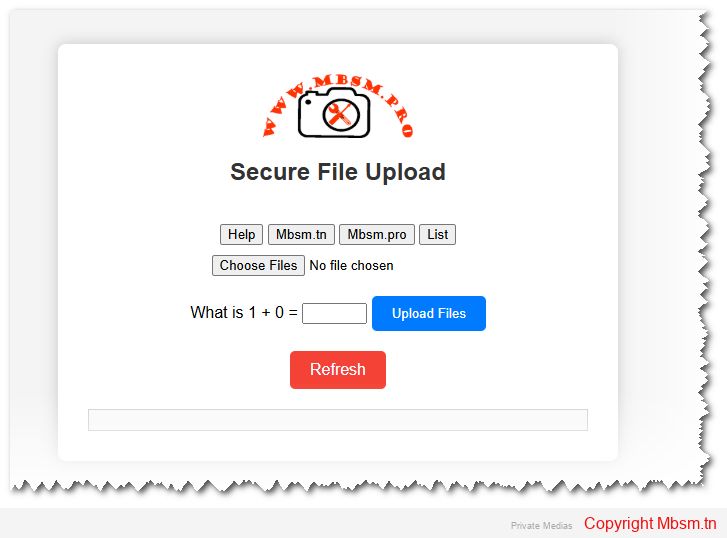
Hallo You can Test From This Link (1+0=1977)
Introduction
The ability to securely upload files is a critical feature for many web applications. Whether it’s a corporate portal, a CMS, or a user-driven platform, file uploads need to be handled with care to prevent security vulnerabilities, ensure reliable performance, and offer a smooth user experience. This article explores the development, safety considerations, installation process, and the importance of SEO for your secure file upload system.
1. Development: Building a Secure File Upload System
Building a robust and secure file upload system involves multiple steps, including defining the system’s capabilities, file restrictions, and processing logic. Here’s an overview of how to develop an effective system:
Core Capabilities:
- Multiple File Uploads: The system allows users to upload multiple files at once using the
multipleattribute in HTML forms. This enhances user experience by making it easier to upload several documents or images simultaneously. - File Size Limit: The system restricts file size to a configurable maximum, preventing the server from becoming overwhelmed with large uploads. In this case, the limit is set at 10MB per file, ensuring a balance between flexibility and resource management.
- File Type Validation: Only specific file types (JPG, PNG, PDF, and ZIP) are allowed. This validation ensures that malicious files like executable scripts (e.g.,
.exeor.php) are not uploaded and executed, protecting the server from potential attacks. - Duplicate File Handling: The system automatically renames files if a file with the same name already exists. This guarantees that no file is accidentally overwritten and ensures that each uploaded file retains its uniqueness.
- Detailed Error and Success Messages: The system provides user feedback on successful uploads, file size, type, and name issues, ensuring a clear understanding of any problems or successes.
2. Safety: Ensuring Security in File Uploads
File uploads are one of the most vulnerable parts of a web application and can expose the server to malicious attacks. Here’s how the system ensures security:
File Type Whitelisting:
By allowing only specific MIME types (JPEG, PNG, PDF, and ZIP), the system ensures that harmful file types like executable scripts or malicious files aren’t uploaded to the server. Each file’s MIME type is checked using PHP’s finfo_file() function, which offers a more reliable check than simply checking file extensions.
File Name Sanitization:
Uploaded file names are sanitized by replacing invalid characters with hyphens, and multiple hyphens are reduced to a single one. This prevents attackers from injecting harmful code through file names. It’s crucial to handle file names correctly to avoid security vulnerabilities like cross-site scripting (XSS).
File Size Limitations:
Limiting the file size to a maximum of 10MB ensures that the server is not overloaded with large files that could consume excessive resources. Large file uploads can slow down a server and make it vulnerable to denial-of-service (DoS) attacks.
Captcha Verification:
A simple math captcha is implemented to prevent automated bots from abusing the upload system. While basic, it ensures that file uploads are handled by real users and not spam bots. However, for more comprehensive protection, integrating Google reCAPTCHA is recommended.
HTTPS:
Ensure that file uploads happen over a secure HTTPS connection. This protects the data being transmitted between the client and the server, preventing man-in-the-middle (MITM) attacks.
3. Installation: Setting Up the File Upload System
The installation process is straightforward, and the system can be deployed on any server with PHP support. Here’s a quick guide:
Step-by-Step Installation:
- Web Server Setup: Install a web server like XAMPP (for Windows) or MAMP (for macOS). These bundles provide Apache, PHP, and MySQL support, making it easy to host your project locally.
- Project Folder: Place the project files in the server’s document root. For XAMPP, this is typically
C:/xampp/htdocs/, and for MAMP, it is/Applications/MAMP/htdocs/. - Create Uploads Directory: Ensure there’s an
uploadsfolder in your project directory where the files will be stored. Make sure this folder has the correct write permissions (chmod 755). - Run the Server: Start Apache from the XAMPP/MAMP control panel and open the project in the browser by navigating to
http://localhost/your-project-folder/. - File Upload Testing: Upload some test files and check the
uploadsdirectory to ensure the files are being properly uploaded and stored.
4. SEO and Sitemap: Ensuring Discoverability
In addition to secure file handling, it’s crucial to ensure that your website and its features, like file uploads, are optimized for search engines. Proper SEO practices will improve your visibility and drive traffic to your website.
SEO Considerations:
- Descriptive Meta Tags: The HTML includes meta tags like
description,keywords, andauthorto help search engines understand the content of your page. These should be tailored to your site’s purpose and reflect the key features of the file upload system. - Canonical Links: The
canonicaltag is used to avoid duplicate content issues, ensuring that the correct version of the page is indexed by search engines. - Keyword Optimization: Keywords related to your service, such as “file upload,” “secure upload,” and “safe file transfer,” should be strategically used in the content and meta tags to enhance search visibility.
- Sitemap: A sitemap is an essential part of SEO as it helps search engines navigate your website. Ensure that you generate a
sitemap.xmlfile and submit it to Google Search Console to help search engines index your site faster.
5. MBSM Group: Expert Support and Development
If you’re looking for professional assistance in developing secure file upload systems, MBSM Group offers expert development services. With years of experience in creating secure, reliable, and scalable web applications, we are committed to providing you with solutions that not only meet your needs but also ensure the highest level of safety and performance.
Contact us at mbsmgroup@gmail.com to get started with your next project. Whether you’re building a new platform or need to enhance an existing one, we’re here to help you succeed.
Conclusion
Developing a secure file upload system is critical for ensuring both performance and security. By implementing file validation, size restrictions, and user-friendly error messages, you can provide a smooth and safe user experience. The installation is straightforward and can be done on any server supporting PHP. Finally, optimizing your website for SEO and including a sitemap will improve your search visibility, bringing more users to your service.
For any questions or help in setting up your secure file upload system, don’t hesitate to reach out to MBSM Group at mbsmgroup@gmail.com.

